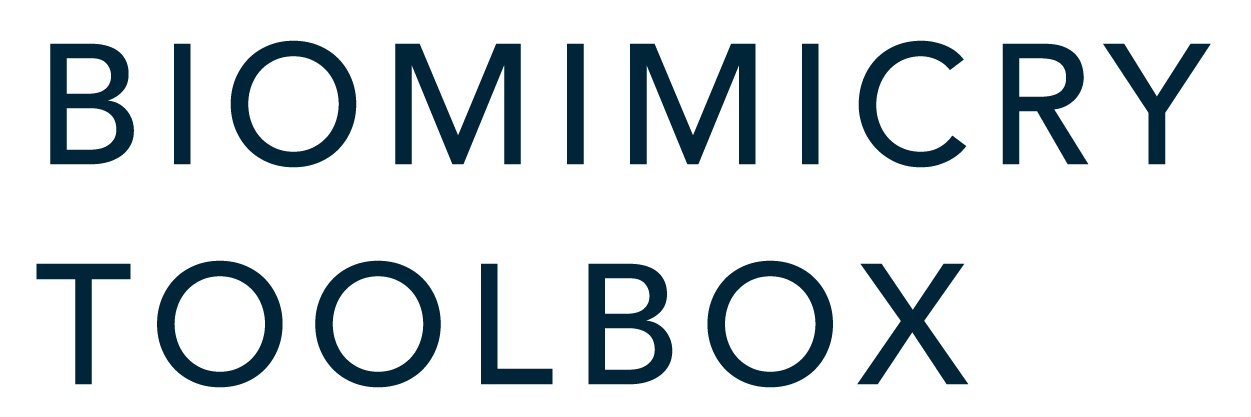Nature's Unifying Patterns
Detailed descriptions and examplesNature uses chemistry and materials that are safe for living beings.
Organisms do chemistry within and near their own cells. This makes it imperative that organisms use chemicals, chemical processes, and chemistry-derived materials that are supportive to life’s processes. Life’s chemistry is water-based and uses a subset of chemical elements configured into precise 3D structures. The combination of 3D architecture and composition is the key to maximizing self-assembly, guiding chemical activity and material performance, and allowing for biodegradation into useful constituents when their work is done. With regard to our production systems, the importance of using life-friendly chemistry and materials is applicable at various system scales, from sourcing or growing of materials, to manufacturing products or goods, transporting those goods, and considering what happens to them at the end of their life cycle.
Biology Examples
Elements found in organisms
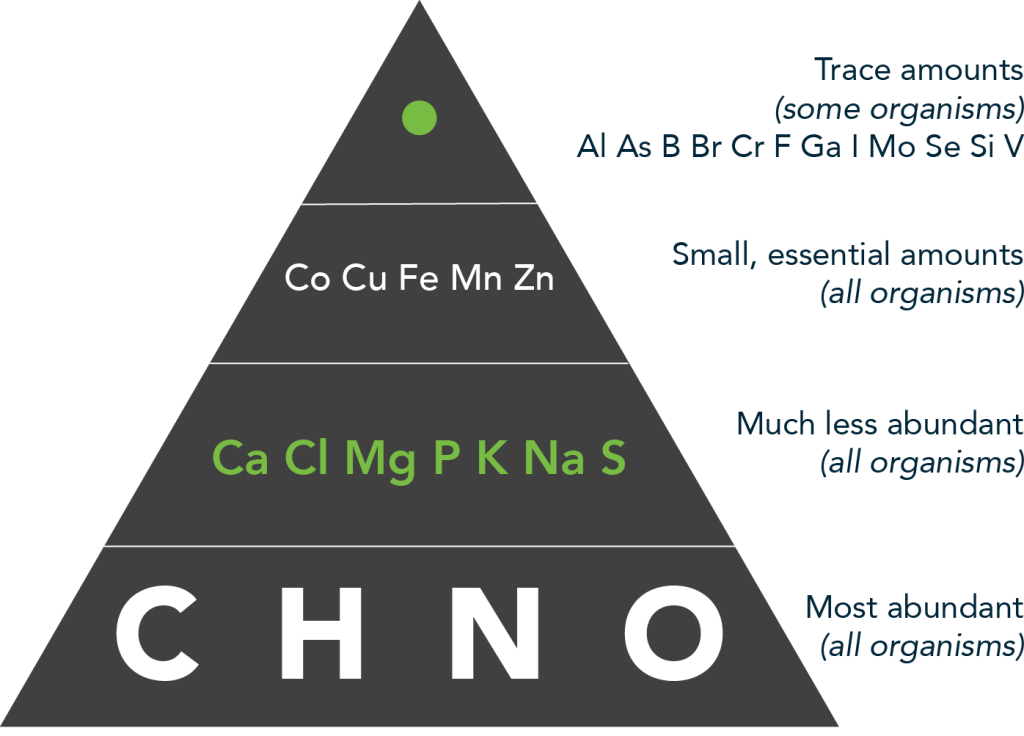
There are 118 chemical elements in the periodic table of elements (with four of those yet to be confirmed), but nature does the vast amount of its chemistry using only 28 of them. Eleven elements are found in all organisms, including four of the most abundant elements in the atmosphere—carbon, hydrogen, nitrogen, and oxygen—and seven that are much less abundant than those four. Five other elements are also found in small, essential amounts in all organisms (including some metals), and 12 elements are found in trace amounts in only some organisms. DNA (or RNA in the case of some viruses) is the molecule that contains the genetic instructions used in the development and functioning of all known living organisms. It is made up of only carbon, hydrogen, nitrogen, oxygen, and phosphorus, yet these few atoms are put together in unique ways to provide all the information needed to make every organism on earth.
Venus flower basket
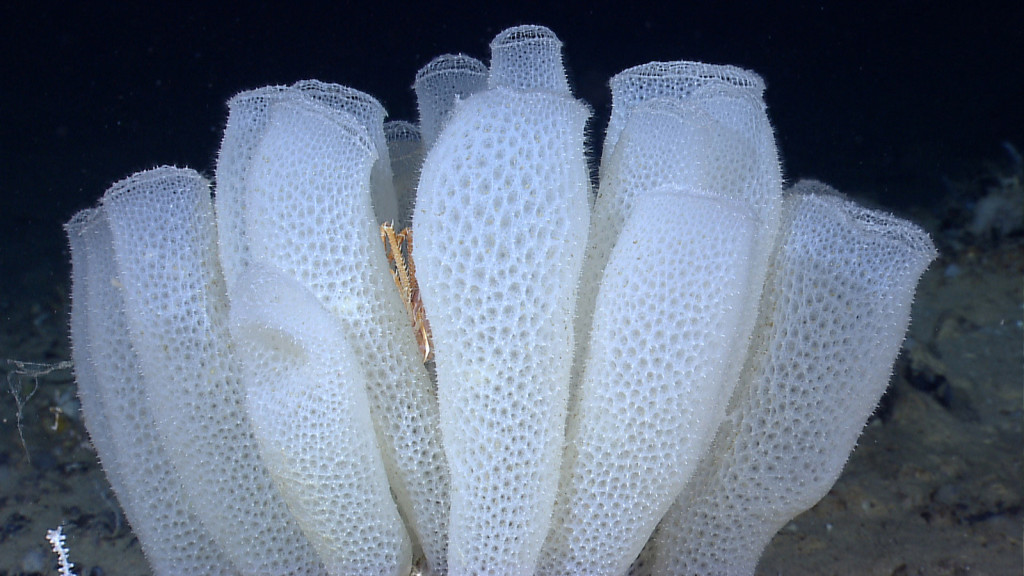
The Venus flower basket is a glass sponge that forms an intricate, beautiful structure using
water as a solvent. The structure is made of silica, which the sponge pulls from seawater
at ambient temperature and pressure. The Venus flower basket’s glassy fibers transmit
light better than industrial fiber optic cables, in part because trace amounts of sodium are
incorporated into the fibers.
water as a solvent. The structure is made of silica, which the sponge pulls from seawater
at ambient temperature and pressure. The Venus flower basket’s glassy fibers transmit
light better than industrial fiber optic cables, in part because trace amounts of sodium are
incorporated into the fibers.
Design Applications
Burt’s Bees
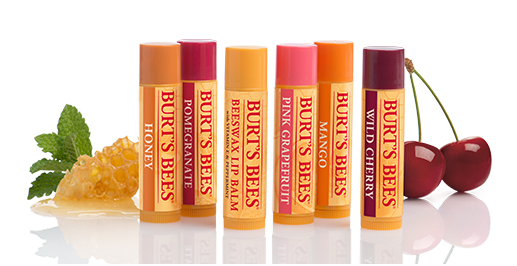
Burt’s Bees has expanded its lip care line to include a range of shimmers, shades, and colors that were created, per a set of requirements, using a relatively small number of natural ingredients. For example, included in the brand’s base lip balm are: beeswax, coconut oil, sunflower seed oil, peppermint oil, lanolin, tocopherol, rosemary leaf extract, soybean oil, canola oil, and limonene oil. In turn, the oils rely on a minimum number of raw materials and processing. The colored lip balm products also rely on a small range of natural materials to create a pallet of colors.
Nalco Company
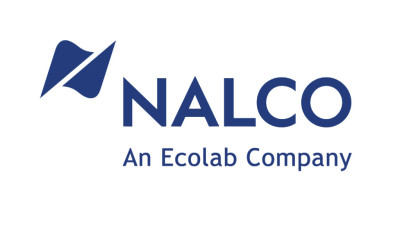
The Nalco Company is one company seeking ways to reduce its use of petrochemical solvents. It received the U.S. Presidential Green Chemistry Challenge Award in 1999 for developing a water-based process for creating a polymer for wastewater treatment. Traditional oil-based emulsion polymers, which are commonly used for water treatment, introduce oil and surfactants into the environment. Nalco’s polymers are manufactured in water-based salt solutions, eliminating the annual release of five million pounds of oil into the environment. In addition, the manufacturing process uses a waste by-product, ammonium sulfate, from another industrial process and is also more energy-efficient.
Image Credits
Elements in organisms: (c) Biomimicry Institute
Glass sponge: NOAA, CC-BY


